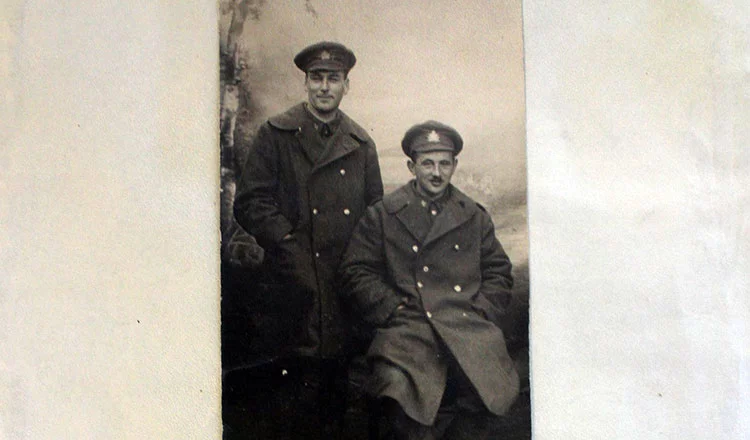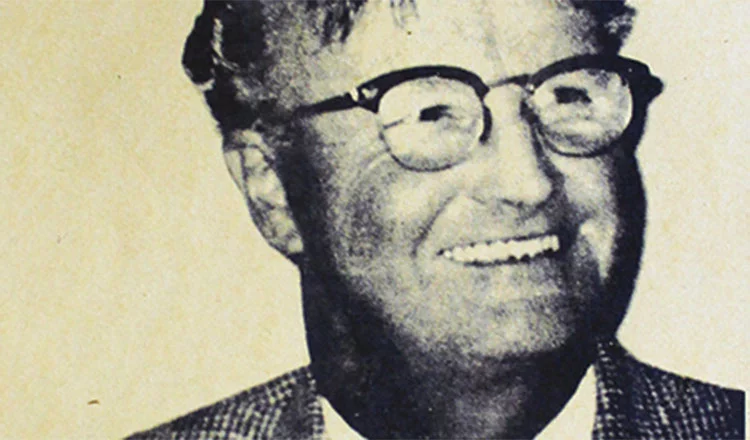 Back in those days, ‘20s and ‘30s was known as the Golden Age of Tourism. It was a pretty busy time! I have lots of old maps from that era. Fold-out maps to show the layout of the boats,” Sid tells me on this very smoky day in Beaver Creek, Yukon. He brings out a colourful piece of folded paper. Writing in the top left corner says Canadian National System. Throughout the 1930s, the Canadian National System consisted of the Canadian National Railway, steamships, hotels and telegraphs.
Back in those days, ‘20s and ‘30s was known as the Golden Age of Tourism. It was a pretty busy time! I have lots of old maps from that era. Fold-out maps to show the layout of the boats,” Sid tells me on this very smoky day in Beaver Creek, Yukon. He brings out a colourful piece of folded paper. Writing in the top left corner says Canadian National System. Throughout the 1930s, the Canadian National System consisted of the Canadian National Railway, steamships, hotels and telegraphs.
“I found this back in the 1960s around Koidern. It’s a menu!”
Sid enthusiastically passes me the piece of paper. The dull typed text describes the daily meals that would have been served to travellers on the S.S. Prince Charles, dated 1938. I ask Sid if S.S. would mean it’s a ship, rather than the railway.
“Yes, S.S. stands for steamship, like the S.S. Klondike.”
I ask if he had ever heard of the S.S. Prince Charles travelling near Lake Atlin, British Columbia, as the paper read.
“No, I haven’t. There was a ship from Atlin Lake called the Tarahne Steamship. It’s still there, sitting along the banks in Atlin. It’s right near the water. But there were lots of ships back in those days. So many I can’t think of all their names. I know the Tutshi was in Carcross, but that burned up. The S.S. Klondike and Keno are all that’s left from those days.”
After doing a bit of research to try to discover whatever happened to the S.S. Prince Charles, I discover that it was created in 1935 and was under control by the Canadian National Railways until it became a Union Ship and renamed the Camosun II. I ask Sid if the Canadian National System operates anymore.
“I don’t think they run the boats anymore. Not even that much railroad anymore either. There used to be trains to everywhere. And boats were the main transportation before the railways or the highways.”
“Some of these trips would include rail as well. People would take a boat to Skagway and rail to Whitehorse and a river boat up to Dawson. These trips had prices for a 30-day trip or a 40-day trip.”
Because this particular menu was printed for a voyage on Tuesday, August 23 in 1938, I ask Sid if the Dirty Thirties, more commonly known as the Great Depression, would have affected voyagers, especially with the Second World War about to begin.
“Not everyone was poor or affected by the Depression. Some people were still able to travel. People would catch a boat to travel days to get to a place with their big trunks.”
“It’s a pretty exotic menu. These people knew how to eat fancy!”
A few items on the menu include red cherry cocktail, curled celery and mixed olives, crème Victoria and poached red spring salmon, and leg of veal with currant jelly. With smoke in the Beaver Creek air and a growling stomach, Sid starts to boil water for his mac and cheese. Bon appétit!




